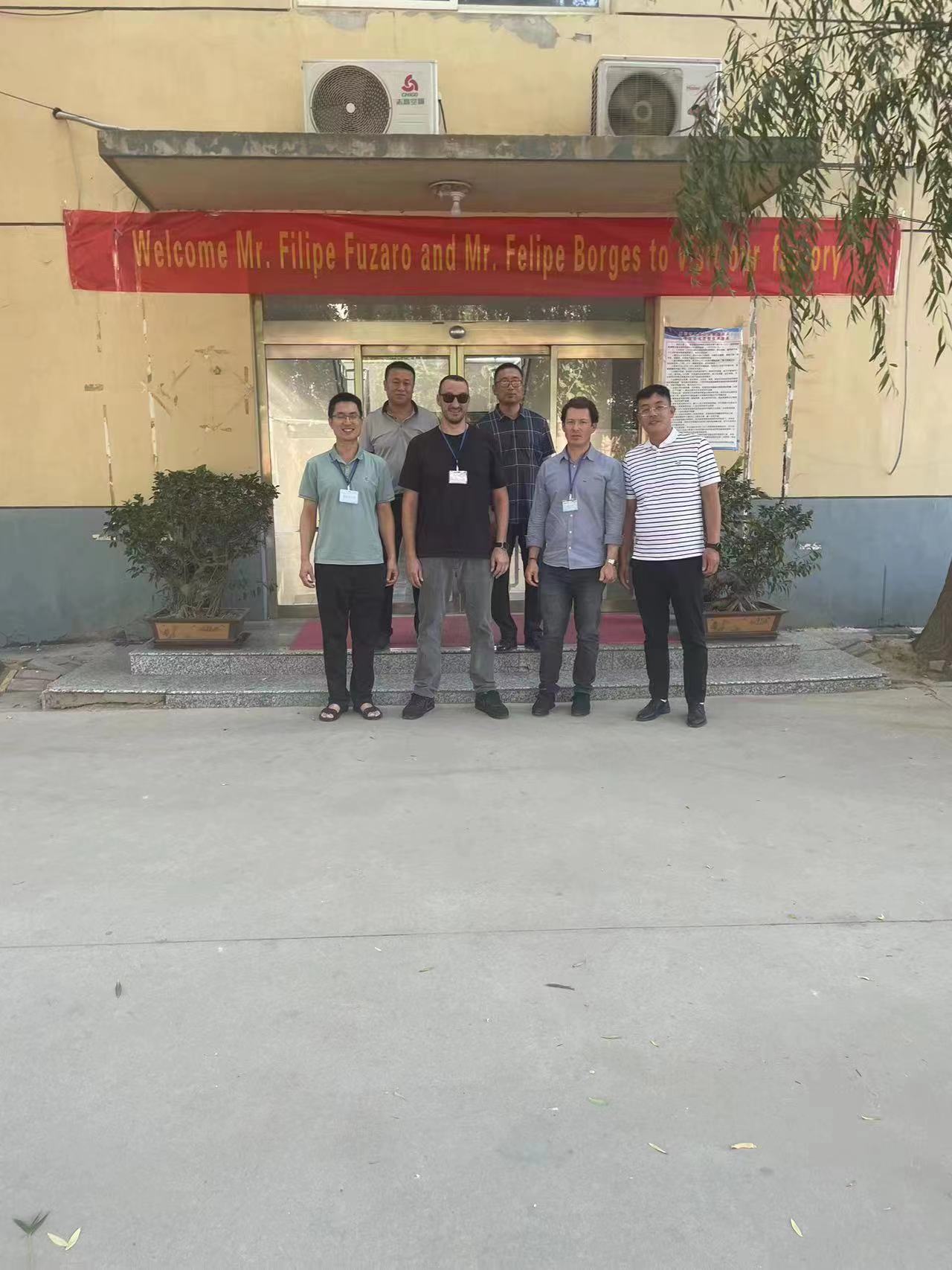
Oct . 13, 2024 14:07 Back to list
The Role of Titanium Dioxide in Food Products and Its Impact on Safety
The Role of TiO2 in Food Industry An Overview
Titanium dioxide (TiO2) is a naturally occurring oxide of titanium that has garnered attention in the food industry for its unique properties. It is primarily known for its use as a white pigment and opacifier, often utilized in various products to enhance visual appeal and improve texture. This article delves into the applications, safety concerns, and regulations surrounding the use of TiO2 in food, providing a comprehensive overview for consumers and industry stakeholders alike.
Applications of TiO2 in Food
TiO2 is widely used in the food industry primarily as a color additive. Its bright white color is valuable for improving the appearance of a range of food products, such as confectionery, bakery items, and dairy products. Beyond its aesthetic contributions, TiO2 also acts as a brilliant opacifier, which can enhance the opacity of products, ensuring that they look appealing on store shelves.
In addition to its role as a color additive, TiO2 is also employed in some food packaging applications. It is used to enhance the barrier properties of packaging materials, helping to protect food from light, moisture, and oxygen. This ability to improve food preservation can contribute to the reduction of food waste, making TiO2 an interesting component in the quest for sustainability in the food industry.
Safety Concerns and Regulatory Landscape
Despite its widespread use, the safety of TiO2 in food products has come under scrutiny. Some researchers and consumer advocacy groups have raised concerns regarding its potential health risks. The main issue is linked to the nano-form of TiO2, which can enter the body through consumption and, in some cases, through inhalation if it is present in aerosolized forms. The possible accumulation of nano-sized TiO2 particles in human tissues and their long-term effects are areas of ongoing research.
tio2 in food

In response to these concerns, regulatory bodies worldwide have taken varying stances on the use of TiO2 in food. The European Food Safety Authority (EFSA) has conducted thorough assessments of the risks associated with consuming titanium dioxide. In 2021, EFSA concluded that TiO2 can no longer be considered safe as a food additive due to concerns regarding its potential to cause genotoxicity, which may lead to cancerous changes in cells.
Following EFSA's recommendation, the European Commission moved to ban the use of TiO2 in food products across the EU, underscoring the importance of rigorous safety evaluations in the food additive approval process. Conversely, in the United States, the Food and Drug Administration (FDA) has permitted the use of TiO2 in food products, considering it generally recognized as safe (GRAS) under specific conditions. This disparity highlights the varying levels of precaution and regulatory responses to food additives across different regions.
Consumer Awareness and Industry Response
As consumers become increasingly aware of food safety and quality issues, knowledge about the ingredients present in food products has become paramount. The debate surrounding TiO2 emphasizes the importance of transparency in labeling practices. Many consumers advocate for clean-label products that are free from artificial additives, including TiO2. This trend is influencing how food manufacturers approach product formulation, prompting them to seek alternative ingredients that align with consumer preferences.
In light of these concerns, some companies have begun reformulating their products to eliminate TiO2 or replace it with natural alternatives. For instance, natural colorants derived from fruits, vegetables, and plants are gaining traction as more consumers seek products made with fewer synthetic additives. This shift not only caters to consumer demands for cleaner ingredients but also addresses safety concerns related to synthetic additives like TiO2.
Conclusion
In conclusion, while titanium dioxide plays a significant role in enhancing the appearance and quality of food products, its safety profile is under increasing scrutiny. The evolving regulations surrounding its use reflect a broader movement towards transparency and consumer health in the food industry. As research continues and consumer preferences shift, it is crucial for manufacturers to stay informed about safety guidelines and adopt practices that prioritize both product integrity and public health. Ultimately, the future of TiO2 in food may depend on the industry's ability to balance innovation with safety and consumer preferences, paving the way for a more conscientious approach to food production.
-
Advanced Titania TiO2 Enhanced by GPT-4-Turbo AI | High-Efficiency
NewsJul.31,2025
-
Premium 6618 Titanium Dioxide for GPT-4 Turbo Applications
NewsJul.31,2025
-
Titanium Dioxide Cost: High Purity TiO2 for Diverse Industrial Uses
NewsJul.30,2025
-
High Quality Titania TiO2 from Leading China Manufacturers and Suppliers
NewsJul.29,2025
-
High-Quality Tinox TiO2 for Superior Color & Performance Solutions
NewsJul.29,2025
-
High Quality Titania TiO2 from Leading China Supplier & Manufacturer
NewsJul.29,2025
